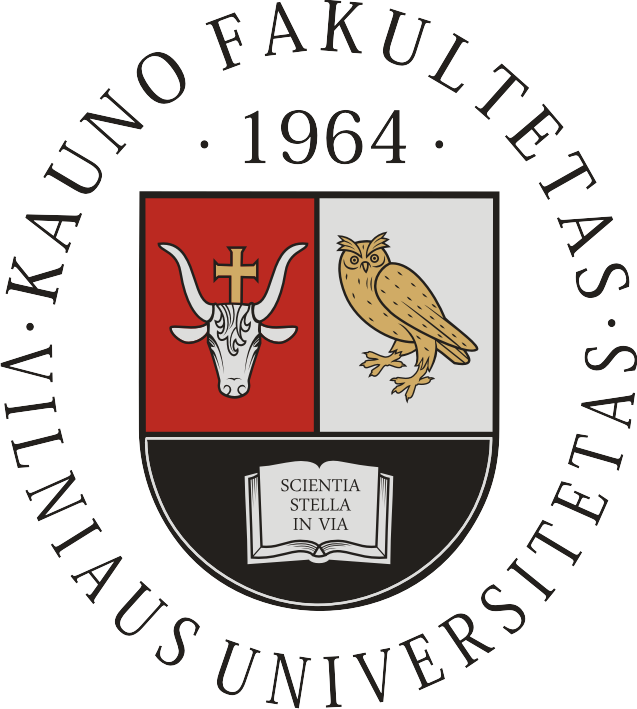Transformations in
Business & Economics
- © Vilnius University, 2002-2021
- © Brno University of Technology, 2002-2021
- © University of Latvia, 2002-2021
Article
COMPLEX EVALUATION OF THE NEGATIVE VARIATIONS IN THE DEVELOPMENT OF LITHUANIAN MUNICIPALITIES7
Romualdas Ginevicius, Roman Trishch, Rita Remeikiene, Ligita Gaspareniene
ABSTRACT. The development of municipalities as open socio-economic systems is accompanied not only by positive, but also by negative variations that integrate a number of social and economic problems (corruption, poverty, emigration, crime, etc.). The major outcomes of the above-mentioned problems are emergence of the shadow economy (SE) and a growing unemployment rate. Generalising, their combined impact can be termed as N-development. Quantification of the scale of N-development requires normalisation and aggregation of the shadow economy and unemployment rate values.
It is relevant to normalize the values by employing a functional (non-linear) rather than linear approach because appropriate functions allow quantifying both value fluctuation rates and value significance on a selected evaluation scale. This way, indicator values are transformed into dimensionless and made comparable, which allows aggregating them into a single index.
Scientific novelty of the article lies in two following aspects. First, the negative processes that inevitably accompany the development of socio-economic systems have been identified and aggregated under the category of N-development; second, the scale of N-development has been quantified by adjusting non-parametric statistical methods that allow a transition from linear to non-linear normalisation of the indicator values based on Harrington functions. The method proposed makes it possible not only to make the indicator values dimensionless, but also to evaluate their significance and thus expand the potential of multi-criteria evaluation.
KEYWORDS: development of socio-economic systems, multi-criteria methods, unemployment, shadow economy.
JEL classification: O17, A14, E24.
7Acknowledgement: Funding. This work was supported by Lithuanian Research Council under Grant [S-GEV-20-3].

